Willuhn Group
Dopamine, compulsive & motivated behaviour

Dopamine, compulsive & motivated behaviour
This pre-clinical research group headed by Ingo Willuhn is embedded in a larger clinical research team at the AMC department of Psychiatry. The group is driven by the question: “How do we control our behavior?”. Specifically, the Neuromodulation and Behavior group is interested in the neurobiology of compulsive behavior and in mechanisms through which actions become automatic with a focus on basal ganglia function and dopamine signaling. Furthermore, the group studies the effects of deep-brain stimulation (DBS) on brain and behavior.
What is compulsivity? Compulsivity is behavior that is out of control, behavior we perform despite not wanting to perform it or despite its negative outcome. Compulsive behavior is performed persistently, repetitively, and inflexibly. But how does compulsivity develop? What is its neurobiological basis? To answer these questions, we investigate different aspects of compulsivity (e.g., automation of behavior, cognitive (in-)flexibility) and measure/modulate neuronal activity in the brain simultaneously.
Compulsivity is a core feature in several neuropsychiatric disorders, such as obsessive-compulsive disorder (OCD) and drug addiction. In otherwise therapy-resistant patients of such disorders, DBS has been effective. However, our understanding of the mechanisms of action of DBS is still limited. Therefore, we aim to investigate how DBS affects compulsivity and what the neurobiological basis of these effects is.
Our group has a strong collaborative relationship to the Department of Psychiatry at the Amsterdam Medical Center (AMC) lead by Damiaan Denys and therefore has close ties with clinicians and clinical researchers, providing optimal conditions for a translational and multidisciplinary approach. Specifically, we translate clinical findings from studies in humans into relevant animal models, and vice versa we aim to apply our conclusions in the clinical setting. At the very core of our research is the study of rodent behavior. On one hand, we test compulsive behavior itself by using behavioral, (e.g., signal attenuation, schedule-induced polydipsia), pharmacological (drug self-administration), and genetic (SAPAP3-KO mice) animal models. On the other hand, we study “normal’ behavioral faculties such as habit formation, response flexibility, emotion, and cognition (e.g., elevated plus maze, operant chambers) that may contribute to compulsivity when dysregulated. We combine behavioral testing with state-of-the-art research tools including diverse methods for brain stimulation (e.g., DBS, chemogenetics, optogenetics), neurochemical measurements (e.g., microdialysis, fast-scan cyclic voltammetry), calcium imaging (implantable miniaturized microscopes), and electrophysiological recordings (e.g., single-unit activity, local field potentials (LFPs)). Furthermore, we use functional magnetic resonance imaging (fMRI) in rodents to detect the effects of drugs and DBS throughout the brain.
A drug addict and an OCD (obsessive compulsive disorder) patient are similar. How is that?
‘Their compulsive behaviour is the end point of an escalation that starts with doing something because you want to, then it becomes a habit – automaticity – and then in some people it becomes pathological. Both the addict and the compulsive patient lose control over their behaviour. Both feel bad about it, they know they should stop, and yet they cannot. This is when the basal ganglia (BG) come into play. ‘In our lab, we study the BG in rodents. The BG is a series of brain nuclei that is the same in all mammals; therefore, our findings in rats and mice are also relevant for humans. They do not play a role in the minutiae of our actions (for example, how many centimetres we lift our arm), but they do play a role in our general actions, and how we do them: with what intensity or force. I think people get stuck in certain behaviour and lose their flexibility to change it, because this brain area has become dysfunctional.’
What processes are involved?
‘For this we need to look at the striatum, the entrance to the BG. Striatal cells normally contain many D2 receptors that can transmit signals from the neurotransmitter dopamine. These signals have an inhibitory effect. But if there are only a few D2 receptors, the inhibition works poorly and people become more impulsive. This can lead to giving drug-taking a go – and then not being able to control your use. The number of D2 receptors in the striatum is one of the best predictors of compulsive drug use.
If this is a biological mechanism, could it be solved by means of a biological intervention?
‘Using medication to manipulate the amount of dopamine in the brain does not help. This is probably because drugs end up all over the brain and therefore also cause effects in areas where you don’t want them. ‘Deep Brain Stimulation (DBS) does work. By means of two electrodes implanted in the brain, it is possible to manipulate the activity in those areas by means of electrical impulses.’
What is the effect of that?
‘In healthy people, different parts of the brain enter into a ‘discussion’ about what would be the correct decision: they behave differently. In OCD patients, the activity of the cortex and the BG are very similar. The more rigidly they operate together, the more severe the compulsive symptoms of OCD patients are. ‘DBS can separate the activity of these two areas, as it were, so that they can do more of their own thing. This can significantly reduce the symptoms of OCD patients. To understand how this works, we are conducting fundamental research into how these brain areas shape behaviour.’
How do you measure this brain activity?
‘We usually use electrochemical and electrophysiological techniques, but these measurements are affected by the electrical noise emitted by the DBS electrodes. Recently, we have been trying out a technique that renders the calcium in cells fluorescent when they become active. Calcium fluorescence is not affected by electrical noise. We can now measure right next to a DBS electrode, and see what happens to the neurons around it and in adjacent areas. Very exciting!’

Postdoc
See profile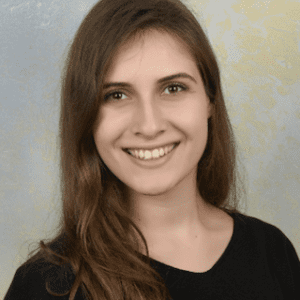
PhD student
See profile
PhD student
See profile
Postdoc
See profile
PhD student
See profile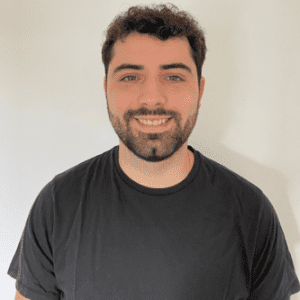
PhD student
See profile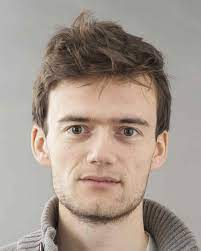
PhD student
See profile
PhD student
See profile
Technician
See profile
PhD student
See profile
Technician
See profile
Student
See profile
student
See profile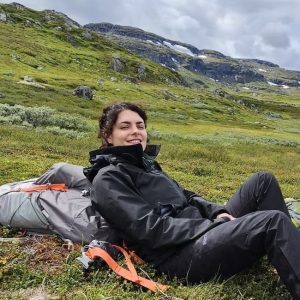
postdoc
See profile
Postdoc
See profile
Student
See profile
Student
See profile
Student
See profile
postdoc
See profile
PhD student
See profile
PhD student
See profile
Student
See profile
Student
See profile
Head of department
See profile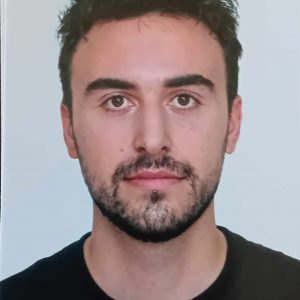
PhD student
See profile
"*" indicates required fields
"*" indicates required fields
![]()
![]()
You can also transfer your contribution to NL76 INGB 0002 1673 78 in the name of ‘Stichting Vrienden van het Herseninstituut’
The Friends Foundation facilitates groundbreaking brain research. You can help us with that.
Support our work